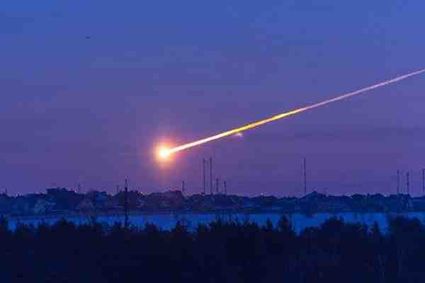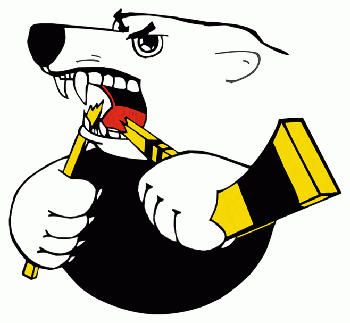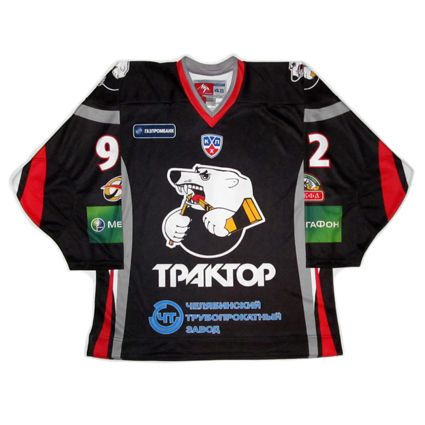NASA estimated the meteor was the size of a bus, weighed approximately 7,000 tons and was traveling at an estimated 40,000 mph when it entered the atmosphere about 9:20 in the morning Chelyabinsk time. It exploded at an altitude of about 14 miles and left a trail of debris and damage 300 miles long. It was the largest recorded meteor strike to hit the Earth in more than 100 years since the Tunguska meteor of 1908, which flattened and estimated 80 million trees, also in Russia.
"There was panic. People had no idea what was happening. We saw a big burst of light, then went outside to see what it was and we heard a really loud, thundering sound," a resident was quoted as saying.
3,000 buildings in Chelyabinsk were damaged, including more than 1 million square feet of broken glass caused by the force of the shockwave. Additionally, part of the roof of a zinc factory collapsed. Due to all the flying glass, 1,100 people sought medical with 48 having to be hospitalized as many people rushed toward windows to see what had caused the bright flash of light, only to have the shockwave then blow the windows in on them a few minutes later. Yekaterina Melikhova, a high school student, said "After the flash, nothing happened for about three minutes. Then we rushed outdoors. ... The door was made of glass, a shock wave made it hit us." Despite all those who were wounded, there were no fatalities reported.
Outside of Chelyabinsk, a fragment of the meteor left a 26 foot wide hole in the ice of lake Chebarkul, where a five foot diameter fragment was pulled out of the water eight months later.
Russian television ran video of athletes at a city sports arena who were showered by shards of glass from huge windows. Some of them were still bleeding. Other videos showed a long shard of glass slamming into the floor close to a factory worker and massive doors blown away by the shock wave. Some elderly women started crying out that the world was ending. "I was driving to work, it was quite dark, but it suddenly became as bright as if it was day," a resident said. "I felt like I was blinded by headlights.”
The meteor shower which struck Chelyabinsk and its environs has also caused some disruption to the hockey season schedule. The emergency services have confirmed that the walls of the Arena Traktor were among those structures to suffer damage, and therefore large-scale events at the stadium have been postponed.
The sporting facilities will undergo an inspection by experts to assess the readiness of the arena to return to full operational use.
The results of the assessment will be made public on Monday, after which it will become clear whether the Chelyabinsk club can stage the first games of the play-offs. The knockout stages of the Gagarin Cup get underway on Wednesday, and as Traktor is already assured of a top four place in the Eastern conference, the team is due to start the play-offs with home games on the 21st and 22nd of February.
At this time, the meteor shower has not affected Traktor’s schedule, as the Chelyabinsk men finish their regular season campaign with a trip on the road to Magnitogorsk on Sunday. However, three events -today’s and tomorrow’s Youth Hockey League games between Belye Medvedi of Chelyabinsk and Magnitogorsk’s Stalnye Lisy and Saturday’s planned opening of the Traktor’s museum – have had to be postponed.
They were relegated to the second division in 1965 and returned to the top division in 1968. In 1973 they reached the finals of the Soviet Cup. Their best result up to that time came in the form of a bronze medal in 1977. During that time period Traktor were also silver medalists at the 1973 Spengler Cup.
Finally, a highlight video of Kuznetsov showing off his offensive skills for Traktor.

















No comments:
Post a Comment
We welcome and encourage genuine comments and corrections from our readers. Please no spam. It will not be approved and never seen.